If you're feeling the pressure to offer discounts, you're not alone. Maybe your business desperately needs the cash to survive and you feel like there are no other options. Maybe you feel like it’s expected because ‘everyone’ around you has a sale on. Or maybe you are worried that if you don’t offer a discount you’ll be perceived as heartless or money-grabbing.
"What kind of discount should I offer" is one of the most frequent questions I'm being asked at the moment and there isn't a right or wrong answer. Discounting has its advantages, but there are plenty of fishhooks too. And discounts aren’t the only way to get cash moving or assist others who are struggling financially.
So let’s take a look at the things you need to consider, some alternatives to offering discounts, and what to communicate to your customers.
The pros and cons of discounting:
Discounting can be a really useful strategy if you want to:
- Move stock – this is especially useful for seasonal, perishable or slow moving products;
- Encourage larger quantity orders – again useful if you have a lot of stock to sell;
- Encourage early payment of invoices;
- Gain new clients who would not otherwise try your product or service – this works really well with online courses or other services which can be delivered without significantly increasing costs or draining your time; and
- Increase cash – sometimes less money is better than no money. If this is what’s going to keep you afloat right now then you may not have a choice.
However, there are some distinct downsides when it comes to offering discounts which is why we recommend using discounting with caution.
- You have to sell (often significantly) more to make the same profit. This has a real impact on anyone who sells based on an hourly rate as it means you’ll need to work more hours to end up in the same place as you would have been if you hadn’t offered a discount at all;
- You lower the perceived value of the goods or services you’re offering – this is especially true for those service based businesses who charge an hourly rate;
- You risk devaluing your brand - think Briscoes & Rebel Sports...what's your perception of these store and how do you feel about paying full price there; and
- Sets a precedent that you will consistently deliver for less – once this is embedded in a customer’s mind, it’s really hard to change.
What are the alternatives?
Before heading down the discounting route, keep in mind there are other options you can consider:
1. Don’t assume you need to offer a discount at all – while some sectors are seeing people put their hands firmly back in their pockets, that’s not true for all. Especially if you’re selling something that people need or want.
I recently needed some IT issues sorted out, the rate was fair and reasonable and I was more than willing to pay full price. And remember that there are plenty of people who feel strongly about wanting to support local businesses and are willing and able to pay full price.
It might not be necessary to offer discounts for early payment either – and I certainly wouldn’t do it across the board. I’m seeing plenty of business owners choosing to pay on invoice rather than waiting until the due date if they have the cash available as a way of helping out their suppliers.
2. Offer payment plans – this is especially useful if you deliver services over a longer period of time, and will help you clinch a deal which might otherwise have been lost.
If decide to offer payment plans consider what you’re going to do if your customers fail to keep up with payments. And remember to update your terms and conditions so have options if your customers default on the repayments.
Payment plans might not be the right strategy for you if the thought of chasing payments makes you feel sick, or you know that you can’t be bothered with all that drama.
3. Special offers and pricing deals – people love to get freebies and those little extras. For example free gift wrapping, free shipping, or a gift with purchase. Talk to suppliers about potential promo items that could be used as a gift with purchase.
4. Packages, bundles or quantity discounts – yes technically all discounts, but the benefit is that you’re encouraging larger orders which means more cash up front now. Again great for moving seasonal or slow moving stock.
5. Value added offers – this is ideal for service based businesses where you can offer a bonus or an upgrade. Ideally, you’d choose a value added option which doesn’t require any extra time or cost on your part.
6. Reduce the scope of your service not your hourly rate – if clients are struggling with paying your usual fees, consider offering a pared back or ‘lite’ version to fit their budget.
7. Pay what you want – offering customers a ‘pay what you want/can afford’ option can be really effective if you know your numbers and are either happy to have a loss leader or can provide a service for no additional marginal cost (eg. online courses). I suggest you provide some recommended price points as this avoids overwhelming customers with having to make a decision around what’s an acceptable amount to pay. Like all sales strategies, set some time limits around how long ‘pay what you want’ is available for.
8. Make it case by case – there is no rule that says you have to offer discounts to everyone. Focus on looking after your best customers – the ones who you love to work with, who always pay on time and who refer business your way. Don’t feel obliged to offer discounts to everyone.
Upfront communication
If you decide to offer discounts, bundles or additional services, be sure to communicate clearly to your customers especially if you want to avoid damaging your brand longer term. The key things to communicate include:
- Timing – how long does the discount apply for, when will the sale end, when will the customer have to resume paying normal prices;
- Normal pricing – what is the normal price for the goods or services? Being clear about this helps keep the value of your products or services intact;
- Discount provided – show the discount as a separate line item on the invoice or receipt. This makes it clear to the customer how much of a financial win they have received and again helps to keep your value intact.
- What’s included and what’s not included – this is critical if you are reducing your scope of services or offering a ‘lite’ version.
And if you decide that discounting is not right for you, one of the best responses I’ve ever heard when someone asks for a discount is to simply respond “absolutely not, but I don’t blame you for asking.” You can follow that up with a brief explanation of the value you provide and the problems you solve, or you could suggest a reduced scope of services or a bundled offer to soften the response.
Ultimately, the decision to discount or not is up to you. Consider the pros, the cons, the alternatives and then make a decision based on what’s right for your brand, your cashflow and your business. If you want to talk through your options, I’m only a phone call away.





